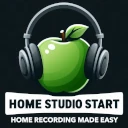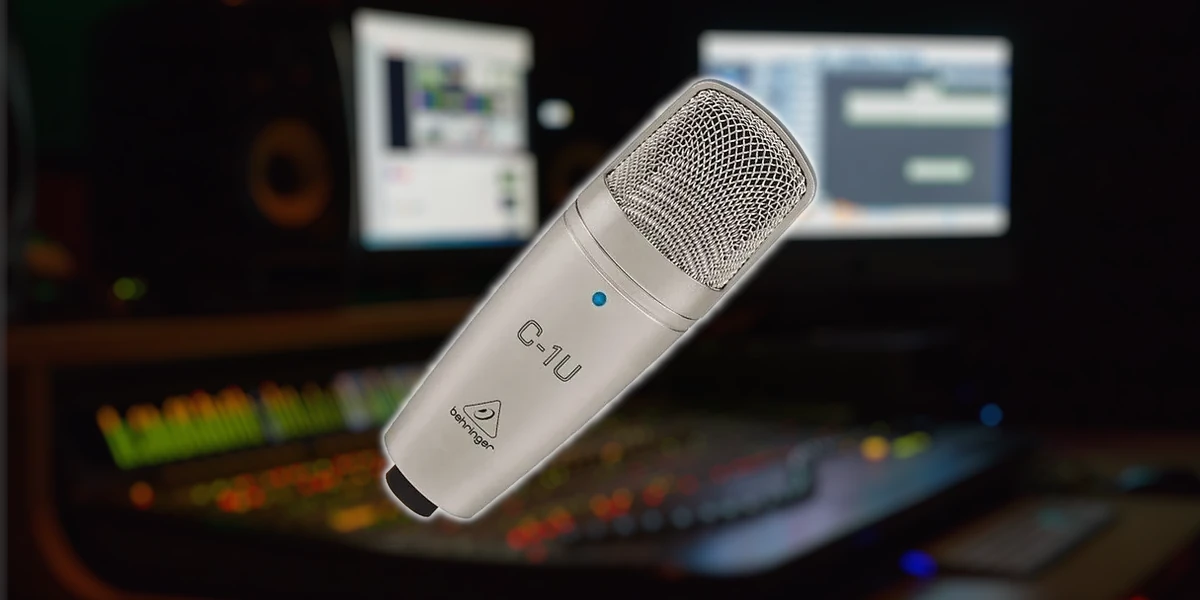In today’s digital age, the dream of recording your own music from the comfort of your home is more achievable than ever before. The home studio revolution has empowered musicians and creatives worldwide, offering a sanctuary for artistic expression without the constraints of traditional recording environments. Gone are the days when aspiring artists had to book expensive studio time, navigating the schedules and fees that come with professional recording spaces. Instead, the home studio presents a realm of independence, where you control the clock and creativity flows freely.
This seismic shift towards home studios is not just about convenience; it’s a financial game-changer. By embracing the DIY ethos, artists save significant amounts of money, money that would otherwise trickle away, hour by costly hour, in a professional studio. Moreover, the home studio is a nod to the unparalleled freedom it brings—an artist’s haven where inspiration can strike at any moment, without the need to wait for studio availability or the presence of a recording engineer.
In this guide, we’ll explore the compelling reasons to consider a home studio setup. From the autonomy it grants to the financial savings and the creative control it offers, the benefits are vast and varied. Whether you’re a seasoned musician or a budding artist, the home studio revolution is a clarion call to take your musical journey into your own hands. With the right tools and a sprinkle of inspiration, your home studio could be the launchpad for your most authentic and groundbreaking work yet. Let’s dive into the world of home studios and uncover how this revolution can transform your musical endeavors.
Decisions, Decisions: Choosing Where to Record
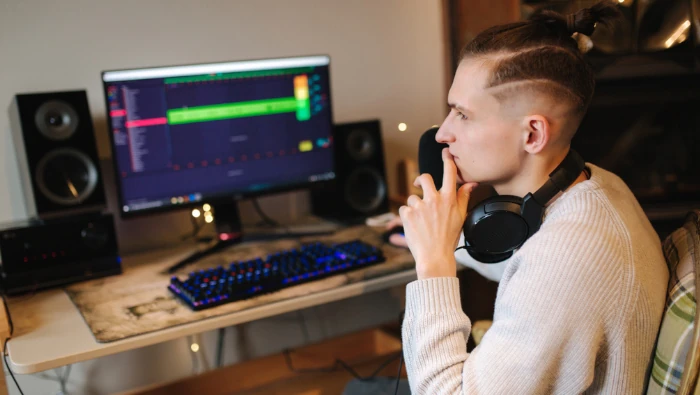
When embarking on the journey of recording your music, you’re presented with a crossroads of choices. Each path offers its own set of benefits and challenges, and the direction you choose can significantly impact the creative process and outcome of your work. Let’s explore the three primary options at your disposal.
1. The Professional Studio: Stepping into a professional studio opens up a world of high-end equipment and expertise. These studios come with the advantage of experienced engineers and producers who can guide you through the recording process, ensuring your music sounds its best. However, this professional touch comes with a price tag, often charged by the hour, making it a less viable option for those on a tight budget or with extensive recording needs.
2. DIY in Your Home Studio: Building your own home studio represents the essence of musical independence. With advances in technology, achieving professional sound quality at home is more attainable than ever. This route not only saves money in the long run but also offers unparalleled flexibility. You can record whenever inspiration strikes, without worrying about booking time or the presence of an engineer. The learning curve can be steep, requiring you to become proficient with recording software and equipment, but the rewards in terms of creative freedom and cost savings are immense.
The Freedom to Choose: A Closer Look at Your Options
3. Collaborating with Friends: Sometimes, the middle ground involves teaming up with a friend who shares your musical vision. This option can offer a blend of professional studio benefits and the comfort of a home studio environment. Working with a friend might provide access to equipment and expertise you don’t have on your own, making it a cost-effective way to achieve a higher quality recording. Plus, the collaborative process can spark creativity and bring a new dimension to your music.
Each option comes with its unique set of advantages and considerations. The decision ultimately hinges on what you value most: the professional polish of a studio, the independence and cost-effectiveness of a DIY approach, or the collaborative spirit of working with friends. As we delve deeper into the possibilities, remember that the choice you make should empower your creative vision and enhance your music production journey.
The Limitations of Basic Equipment
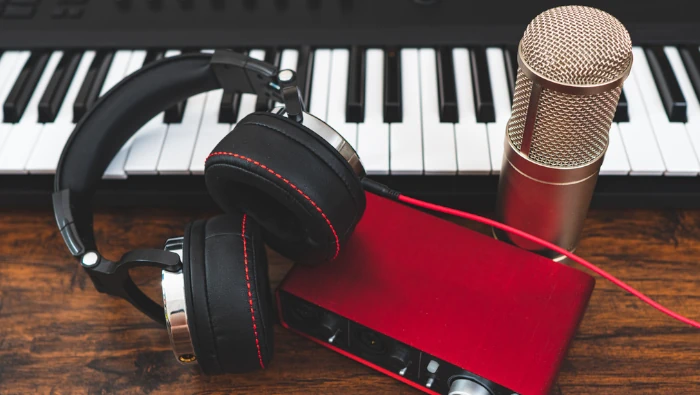
Embarking on your recording journey, it’s tempting to start with whatever equipment you have at hand. Often, this means relying on the built-in microphone of your computer or a basic plug-and-play mic designed for casual use. While these tools are readily available and seemingly cost-effective, they come with significant limitations that can impact the quality of your recordings.
Basic microphones, such as those built into computers or designed for communication software like Skype, are engineered for clarity in voice transmission, not for capturing the wide range of frequencies produced by musical instruments or the nuanced dynamics of vocal performances. These mics often compress and flatten the audio they capture, leading to recordings that lack depth, warmth, and fidelity. The result is a sound that feels amateurish, unable to convey the full emotional weight or technical skill of the performance.
Moreover, these microphones offer little in the way of customization or control over the recording environment. They pick up a wide array of background noises, from the hum of a refrigerator to the buzz of a computer fan, which can further degrade the quality of your recordings. For musicians aiming to produce professional-grade tracks, the limitations of basic equipment can be a significant barrier to achieving their desired sound.
Beyond the Basics: Understanding Equipment Needs
To move beyond these limitations, it’s crucial to understand what your recordings are missing when using basic equipment. High-quality recording gear is designed to capture a broad spectrum of frequencies, offering a more accurate representation of sounds. This includes the low rumble of a bass guitar, the crisp highs of a cymbal crash, and everything in between. Additionally, better equipment allows for greater control over the recording environment, enabling you to minimize unwanted noise and focus on the sounds you want to capture.
As we explore the transition to more sophisticated recording tools, remember that the goal is not just to improve the technical quality of your recordings but to capture the essence and emotion of your music. Upgrading your equipment is a step toward giving your creativity the platform it deserves, allowing your talent to shine through in every note.
Enter the USB Microphone: A Game Changer
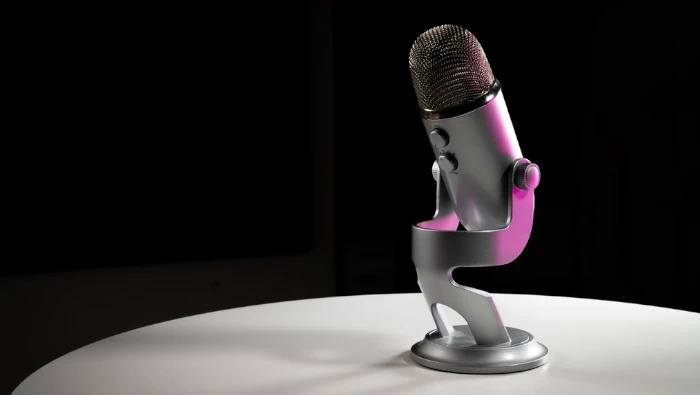
In the quest for better sound quality, the USB microphone emerges as a beacon of hope for home studio enthusiasts. This ingenious device marries the simplicity of plug-and-play operation with the advanced audio capturing capabilities needed to elevate your recordings from amateur to professional. The ease with which one can integrate a USB microphone into their setup is unparalleled; simply plug it into your computer’s USB port, and within moments, you’re ready to record. This seamless connectivity eradicates the need for specialized sound cards or cumbersome audio interfaces, making high-quality recording accessible to all.
Beyond ease of use, USB microphones boast impressive audio quality that rivals their XLR counterparts. Designed with the home studio in mind, they feature built-in preamps and analog-to-digital converters, ensuring your recordings capture every nuance of your performance. Whether you’re laying down vocal tracks, recording acoustic instruments, or creating podcasts, these microphones offer a level of clarity and depth that basic mics simply cannot match.
The Versatility of USB Microphones
What sets USB microphones apart is not just their sound quality, but their versatility. They are adept at handling a wide range of recording scenarios, from intimate vocal sessions to dynamic instrumental performances. Many models come equipped with selectable polar patterns, allowing users to optimize the mic’s sensitivity for solo performances, group recordings, or even ambient sound capture. This adaptability makes the USB microphone a valuable addition to any home studio, capable of meeting the diverse needs of musicians and creators.
Moreover, USB microphones are designed with portability in mind. Compact and easy to set up, they empower musicians to record high-quality audio wherever inspiration strikes—be it at home, in a rehearsal space, or on the road. This mobility opens up new possibilities for capturing spontaneous performances and ensures that you never miss a moment of creative genius due to technical limitations.
As we delve deeper into the features and benefits of USB microphones, it becomes clear that these devices are not just a stopgap solution for home recording but a viable choice for serious musicians and creators seeking quality, convenience, and flexibility.
How to Choose a USB Microphone Under $100

Navigating the vast sea of USB microphones available on the market can be a daunting task, especially when you’re on a budget. However, finding a high-quality USB microphone under $100 is not only possible; it’s a wise investment for your home studio. The key is to know what features and specifications to look for, ensuring you get the best value for your money. Start by considering the microphone’s polar patterns—cardioid for solo recordings, omnidirectional for capturing ambient sounds, or bi-directional for interviews and duets. This choice will significantly affect your recording’s clarity and isolation.
Next, assess the microphone’s frequency response. A wider range means the mic can capture more detail across the audio spectrum, from the low rumble of bass frequencies to the high sparkle of cymbals. Also, look for a microphone with a decent signal-to-noise ratio; this will ensure your recordings are clear and free of unwanted background noise. Don’t forget to check for any additional features like a mute button, volume control, or headphone jack for real-time monitoring, which can greatly enhance your recording experience.
Prioritizing Your Needs: Making the Right Choice
As you narrow down your options, consider how each microphone’s features align with your specific recording needs. Are you mainly recording vocals, or do you plan to capture a wide range of instruments? Some microphones are better suited for voice, offering enhancements that bring out the richness and clarity of spoken words, making them ideal for podcasts or vocal tracks. Conversely, if you’re aiming to record instruments, look for a microphone that accurately reproduces the intricate sounds of strings, keys, or percussion.
Durability is another important factor, especially if you plan to travel with your microphone. A robust build can protect your investment from the rigors of transport and frequent setup. Additionally, read reviews and watch demo videos to get a sense of the microphone’s performance in real-world settings. Hearing the mic in action can provide valuable insights into its sound quality and ease of use.
Remember, the goal is to find a USB microphone that offers the best combination of sound quality, versatility, and convenience within your budget. By carefully considering your needs and doing thorough research, you can secure a microphone that enhances your home studio setup without breaking the bank.
Spotlight on Behringer C-1U: A Case Study
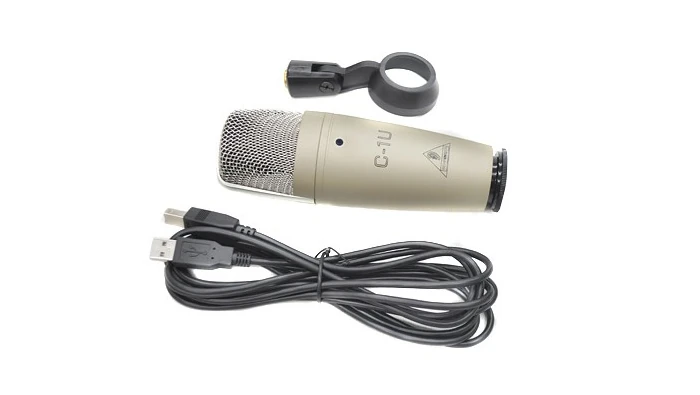
When it comes to finding a USB microphone that delivers professional-grade quality without the hefty price tag, the Behringer C-1U (Not an affiliate link) stands out as a shining example. This microphone has garnered acclaim for its exceptional performance in home studio setups, offering a blend of affordability, audio quality, and ease of use that makes it a go-to choice for budding artists and seasoned producers alike. The C-1U is a cardioid condenser microphone, making it particularly adept at picking up clear, detailed vocals and acoustic instruments while minimizing background noise.
One of the most appealing aspects of the Behringer C-1U is its plug-and-play functionality. Compatible with most recording software and operating systems, it requires no additional drivers or external power sources, simplifying the recording process for users of all levels of experience. Furthermore, its solid build quality ensures durability, making it a reliable companion for recording sessions both in and out of the home studio.
Delving Deeper: Why Behringer C-1U Stands Out
Beyond its practical features, the Behringer C-1U impresses with its audio performance. It offers a wide frequency response that captures the full spectrum of sound from the deepest bass to the highest treble, bringing out the best in vocal and instrumental recordings. This microphone also boasts a low noise level, ensuring that your recordings are crisp and clean, free from the distraction of unwanted hiss or buzz.
The C-1U’s versatility extends to various recording needs, from podcasts and voiceovers to musical tracks and ensemble performances. Its sensitivity to nuances in sound makes it an excellent choice for capturing the intricate details of a performance, lending a professional polish to your productions. Additionally, its affordability places high-quality recording within reach, making it an ideal choice for those looking to enhance their home studio without overspending.
In summary, the Behringer C-1U USB microphone exemplifies how technology can bridge the gap between amateur and professional recording. It demonstrates that with the right equipment, achieving studio-quality sound at home is not only possible but also accessible. Whether you’re a novice looking to make your first foray into home recording or a seasoned musician seeking a reliable, high-quality microphone, the C-1U offers a compelling blend of features that cater to a wide range of audio recording needs.
